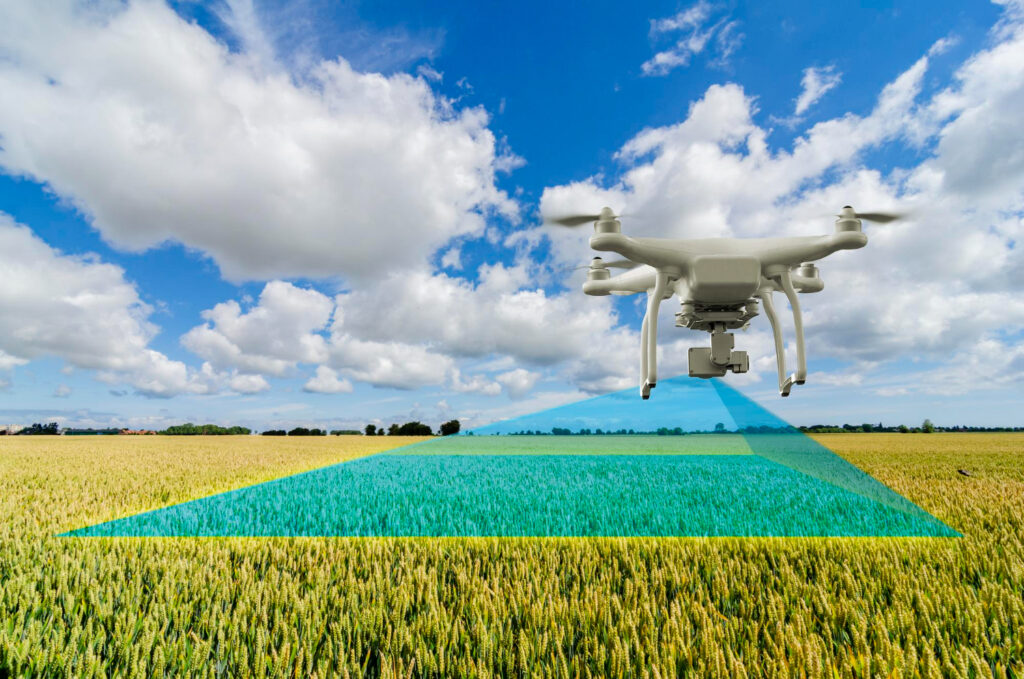The impact of smart sensors on environmental monitoring and regulatory compliance

Un drone con sensores inteligentes realiza un escaneo aéreo para recopilar datos en tiempo real sobre un cultivo.
Today, environmental monitoring and regulatory compliance are being transformed by innovative technologies. Among these, smart sensors have gained remarkable prominence due to their ability to provide real-time data, optimizing both environmental management and adherence to laws.
Smart sensors are advanced devices designed to collect environmental data and convert it into useful, actionable information. They can measure a variety of environmental parameters such as air, water, and soil quality, giving companies and authorities the accurate information needed to make informed decisions and comply with current regulations. The adoption of smart sensors in environmental monitoring is enabling a level of precision and efficiency that was once unimaginable.
One of the most significant benefits is the ability to monitor in real time. This means organizations can detect any variation in environmental conditions and take corrective action quickly and effectively. Additionally, the use of technologies such as IoT (Internet of Things) has allowed these sensors to connect with other devices, facilitating continuous data collection and transmission.
How do smart sensors contribute to regulatory compliance?
Regulatory compliance is a highly relevant issue today, especially for industries that must adhere to strict environmental regulations. Smart sensors allow companies to continuously monitor key parameters to meet these requirements. Here are some examples of how smart sensors are helping various industries:
Water quality monitoring: Smart sensors can measure parameters such as pH, temperature, and turbidity in real time, which is essential to ensure that water discharged into the environment meets established standards.
Air quality monitoring: Sensors designed to measure pollutants and airborne particles enable companies and local governments to ensure that pollution levels do not exceed the limits set by environmental laws.
Soil monitoring: In agriculture and conservation, smart sensors help track soil conditions, providing valuable data that improves agricultural practices and environmental conservation efforts.
A clear example of the application of smart sensors in regulatory compliance can be found in the energy and manufacturing industries. Subject to strict regulations on pollutant gas emissions, these industries use smart sensors to continuously monitor their emissions, ensuring limits are not exceeded and avoiding penalties.
Enhancing monitoring and compliance with FAT FINGER
FAT FINGER software plays a key role in improving environmental monitoring and regulatory compliance by enabling the creation of customized digital workflows. These platforms allow organizations to design procedures and checklists that facilitate the proper use of smart sensors, improving monitoring accuracy and efficiency.
For example, with FAT FINGER, you can design inspection procedures for facilities that include verifying smart sensor readings, ensuring these devices are functioning properly. It also enables real-time anomaly detection, facilitating rapid response and more informed decision-making. With support from tools such as sensor integration, augmented reality, and artificial intelligence, organizations have a robust solution to ensure that their operations are not only efficient but also fully compliant with environmental regulations.







